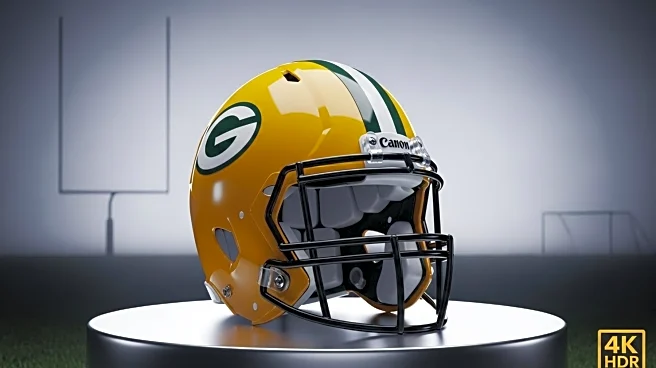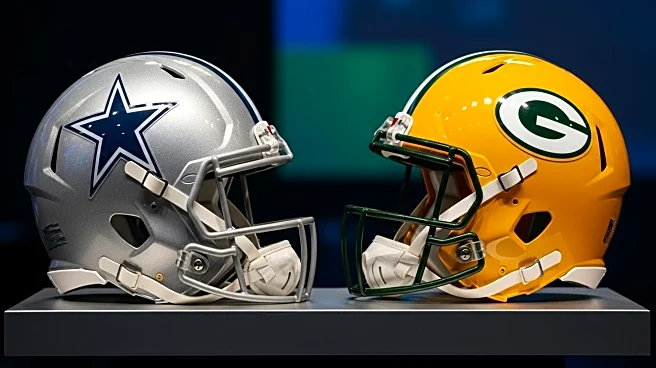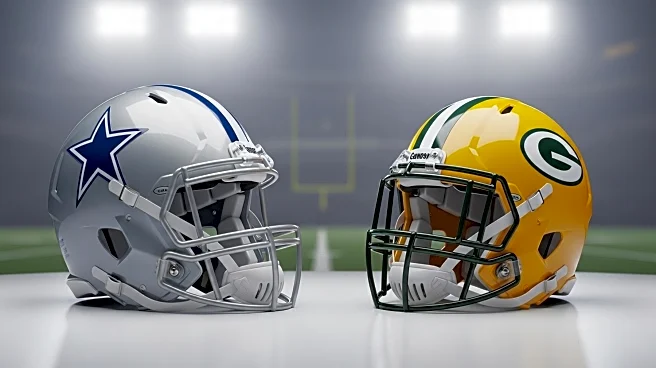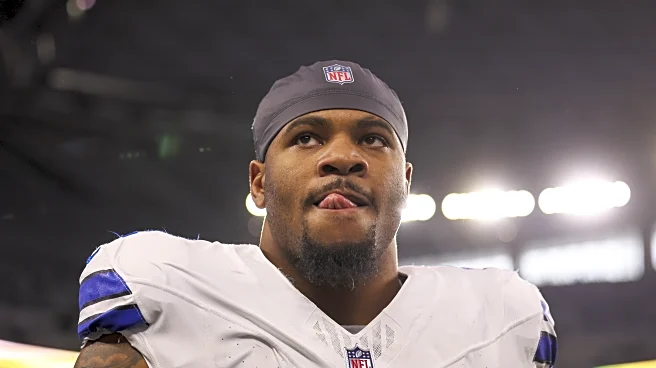What's Happening?
Micah Parsons has signed a four-year, $188 million contract with the Green Bay Packers, making him the highest-paid non-quarterback in the NFL. This contract is notably $48 million more than what Jerry Jones paid to buy the Dallas Cowboys 36 years ago. The trade from the Cowboys to the Packers involved the Cowboys receiving two first-round picks and defensive tackle Kenny Clark. The deal is pending physicals for both players involved. The contract highlights the rapid increase in player salaries, with Parsons earning $47 million annually, a significant jump from previous top salaries in the league.
Why It's Important?
The signing of Micah Parsons to such a lucrative contract underscores the growing financial value placed on star players in the NFL, particularly those in the EDGE position. This development reflects broader economic trends in sports, where player salaries have escalated dramatically over recent years. The Packers' investment in Parsons indicates a strategic focus on strengthening their defense, potentially impacting their competitive standing in the league. The trade also affects the Cowboys, who have lost a key defensive player, which could influence their performance and strategy moving forward.
What's Next?
Pending the completion of physicals, Micah Parsons will join the Packers, where he is expected to play a pivotal role in their defense. The Cowboys will need to adjust their strategy following the loss of Parsons, potentially seeking new talent to fill the gap left by his departure. NFL executives and analysts will likely continue to debate the implications of such high-value contracts, considering the long-term financial and competitive impacts on teams.
Beyond the Headlines
The record-breaking contract for Parsons may influence future negotiations for other star players, setting a precedent for salary expectations in the NFL. It also highlights the economic disparity between player salaries and historical franchise values, reflecting broader shifts in sports economics. This trend could lead to increased scrutiny on team spending and salary cap management.












